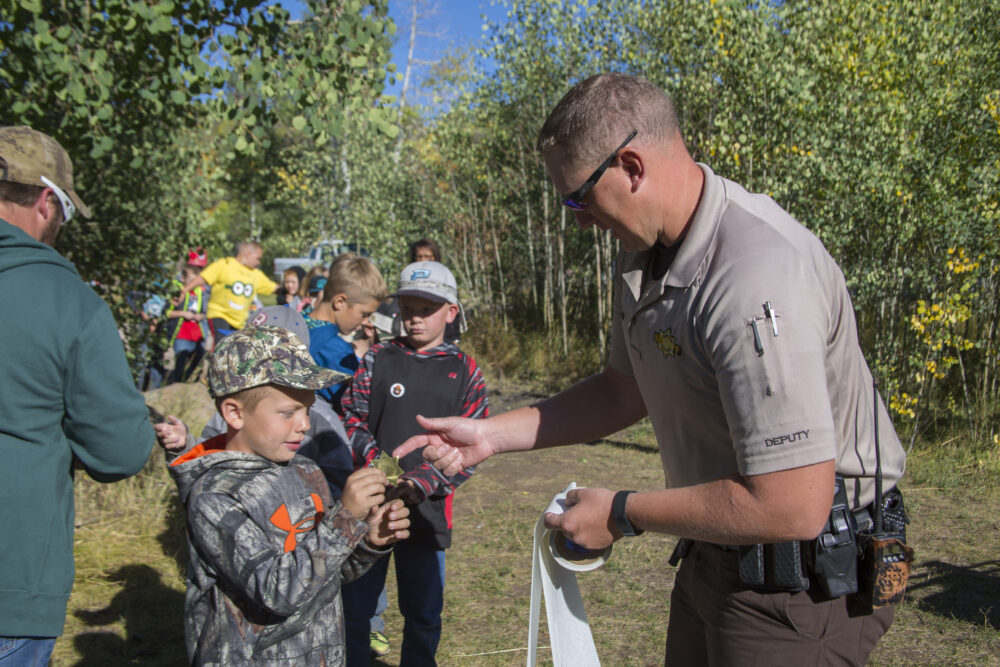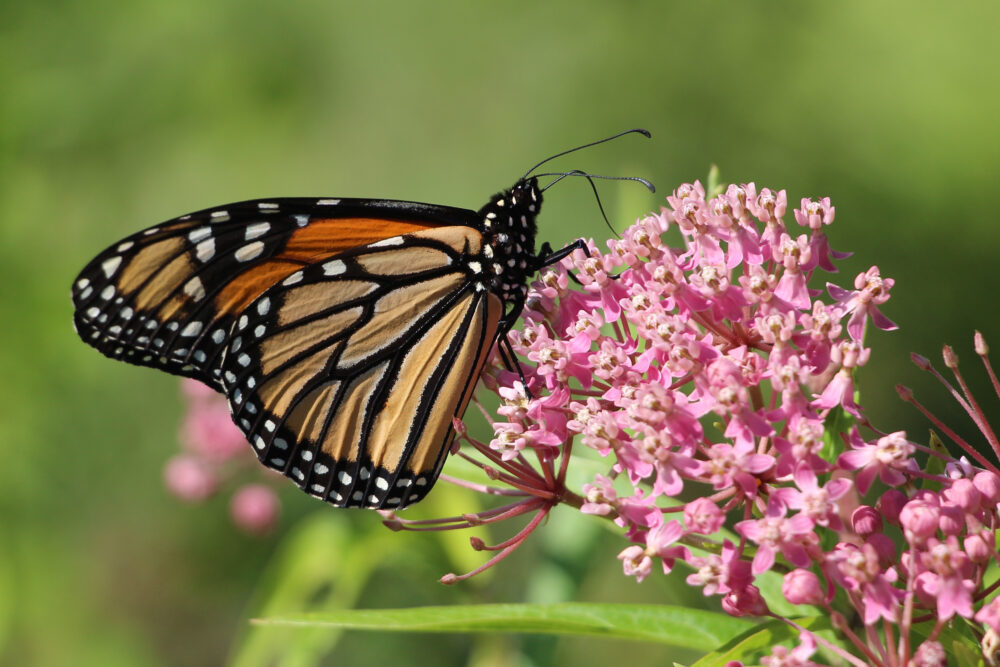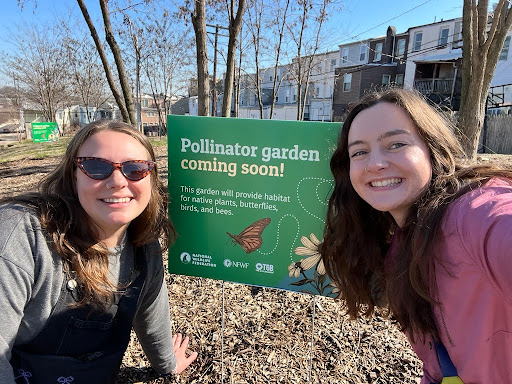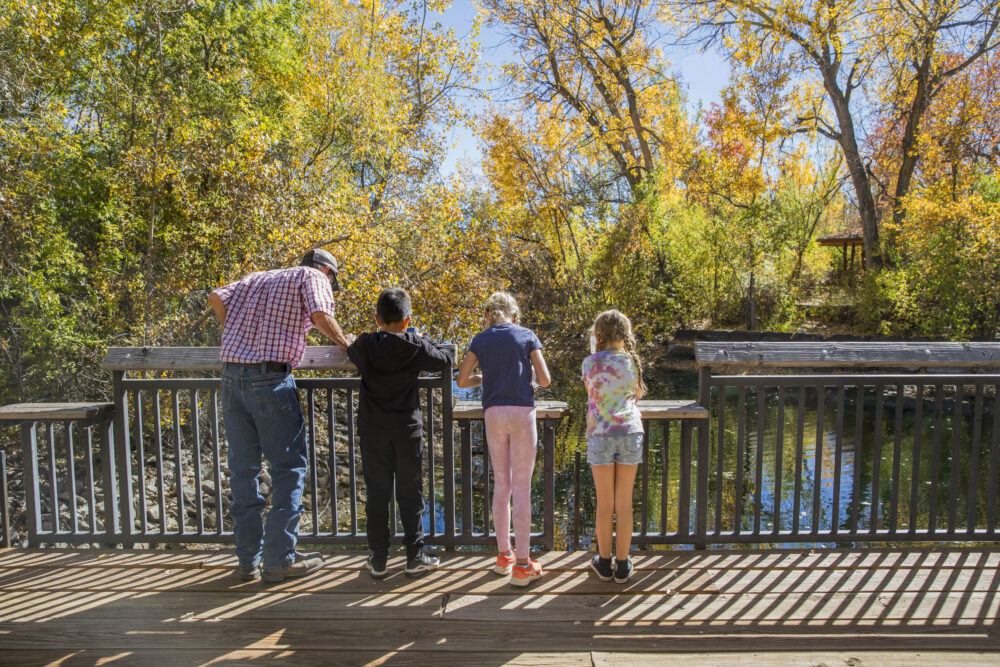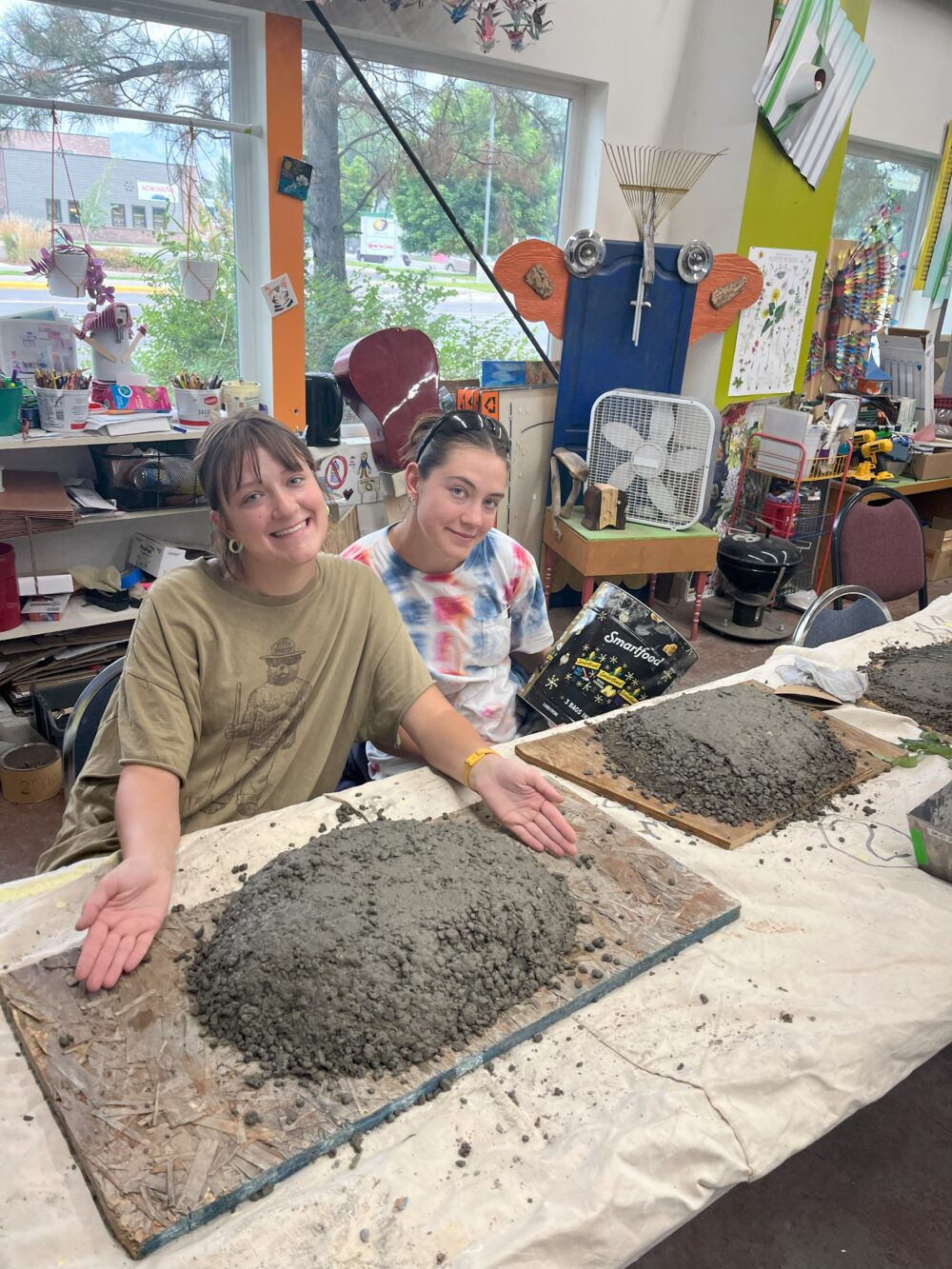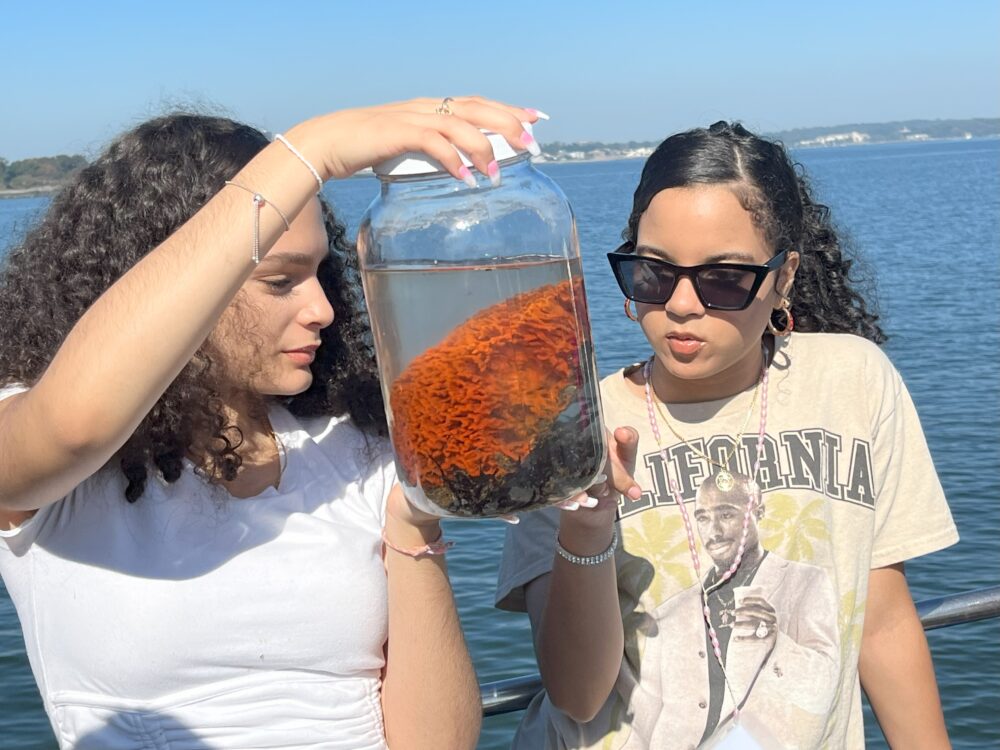We have much more to do and your continued support is needed now more than ever.
The Campus Wild, a New Guide from NWF!
As students across the country head to their respective campuses for another school year, they may not realize that in addition to providing students with learning and living space, many college and university campuses provide rich habit for wildlife and “lands-on” learning experiences for students.
Today, National Wildlife Federation is releasing its new guide, The Campus Wild: How College and University Green Landscapes Provide Havens for Wildlife and “Lands-On” Experiences for Students.
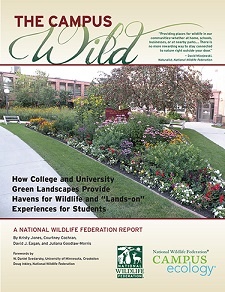 This richly detailed guide highlights how colleges and universities are playing a dynamic role in protecting wildlife and restoring habitats in campus green spaces from on-campus landscapes and natural areas to remote, campus-owned lands. It explores how such green places – dedicated to “The Wild” – also can benefit students, faculty, and staff with leadership opportunities, hands-on learning, energy savings, water conservation, and much more.
This richly detailed guide highlights how colleges and universities are playing a dynamic role in protecting wildlife and restoring habitats in campus green spaces from on-campus landscapes and natural areas to remote, campus-owned lands. It explores how such green places – dedicated to “The Wild” – also can benefit students, faculty, and staff with leadership opportunities, hands-on learning, energy savings, water conservation, and much more.
The guide features diverse examples from 85 higher education institutions, including two and four-year schools, representing all 50 states plus the District of Columbia in the following areas:
- campus landscaping for wild, including green roofs and food-producing gardens;
- trees and woody plants, including arboretums, botanical gardens and carbon sequestration;
- natural areas on campus, including stormwater mitigation and NWF certified wildlife habitats;
- remote campus properties;
- campus policy and planning, including LEED and wildlife-friendly design.
“Lands-On” In Action
Graduate students at Washington University in St. Louis were involved in the selection of species that were planted on the green roof of an arts and sciences building on campus. The green roof is planted with native plants and also has horticultural garden plots used by faculty and students in anthropology classes studying the cultural uses of plants. The roof also serves as a haven for pollinators.
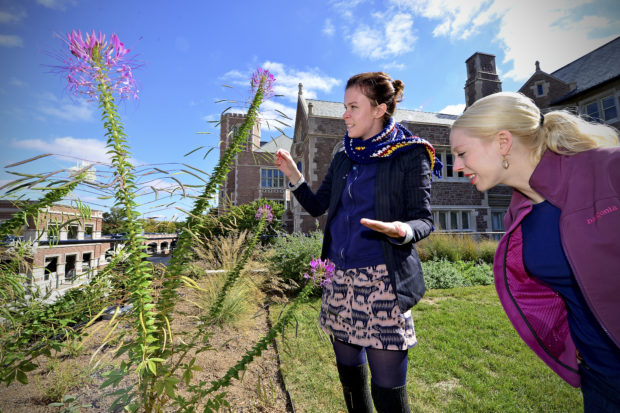
Doane College in Crete, Nebraska became a NWF Certified Wildlife Habitat® when students from the Wildlife and Conservation Organization demonstrated that the campus met the criteria of providing food, water, cover for wildlife and places to raise young. The 300-acre, 137-year-old campus provides a variety of wildlife havens, including its own lake, small woodlands, prairie areas, wetlands and nature trails, and is home to more than 160 species of trees and shrubs, like a 100-year-old groves of pine, ash, pin oak, and catalpa trees.
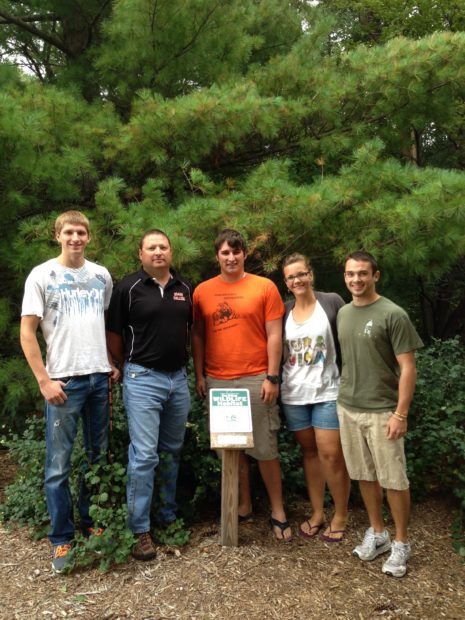
Photo: Doane Wildlife and Conservation Organization /Sarah Genrich, photographer
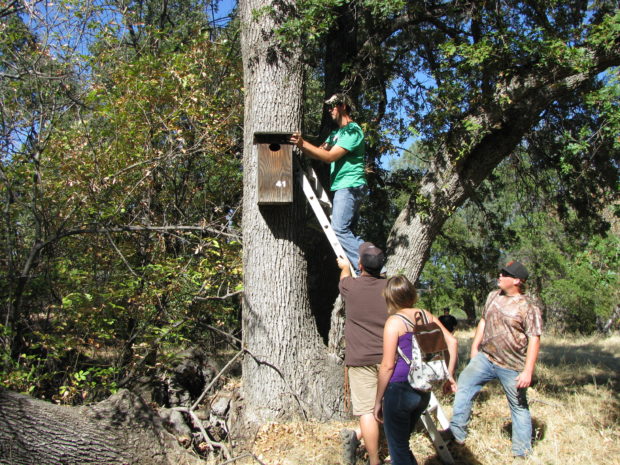
Photo: Butte College
Join In
NWF’s EcoLeaders Initiative supports students leaders and young professionals like those highlighted in The Campus Wild guide by empowering them to cultivate leadership and career skills for wildlife and sustainability. The NWF EcoLeaders Initiative is the first national online community that offers students the space to create, to share, and to be recognized for their leadership efforts and sustainability projects and campaigns. The program not only enables student and young professional leaders to clarify and share their mission for sustainability and to plan projects, but it also provides valuable career and leadership certification.
Learn more and join today at www.nwfecoleaders.org












